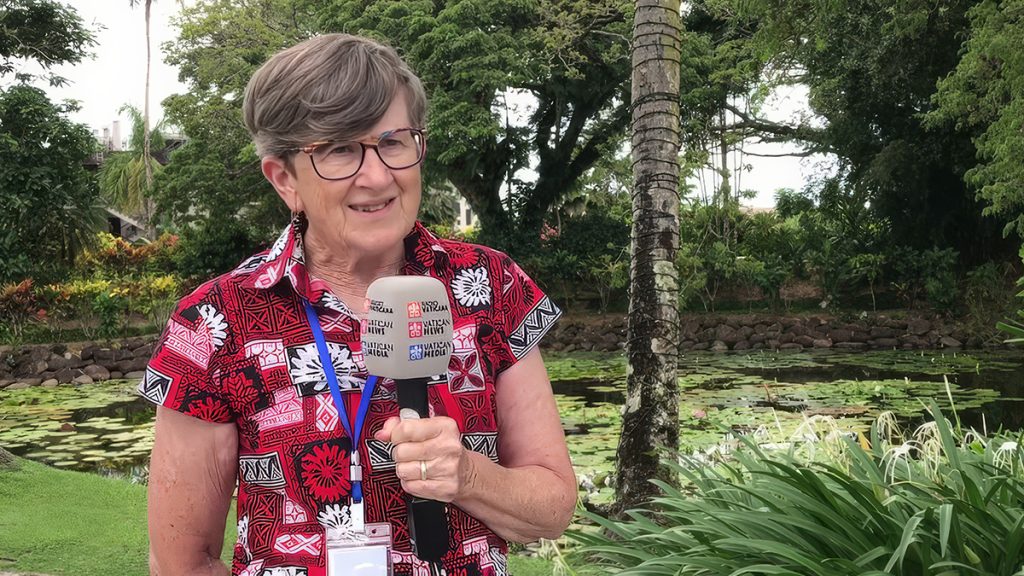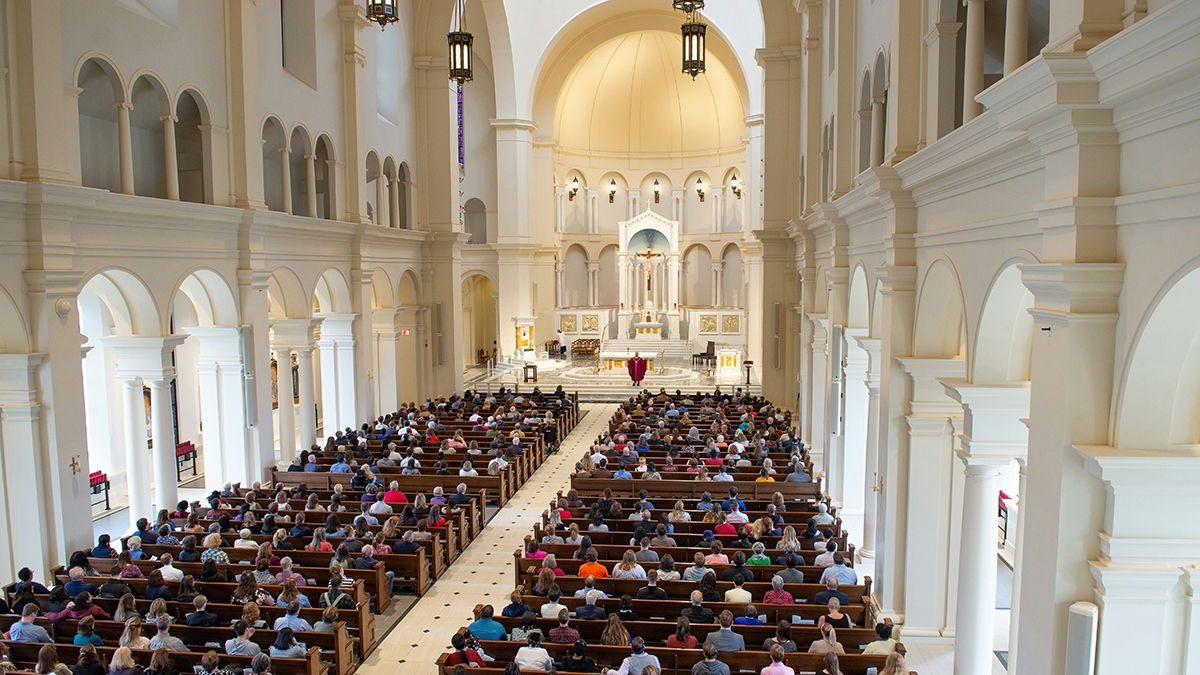If the Eucharist is the source and summit of Christian life, why do so many celebrations centre the priest and sideline the people?
Augustine offered a different vision, one that disrupts clericalism and calls the whole assembly into active, visible participation in the mystery we dare to become.
Imagine a Church where the people gather each Sunday not to watch something happen, but to be transformed. They come as a priestly people, recognising Christ not just at the altar but in each other. Greeting becomes sacrament; presence becomes proclamation. The seating is close, the posture communal, because this is not a room of strangers—it is the body of Christ.
The Word is proclaimed, not consumed as private inspiration but received as a call to collective conversion. It is spoken into the now of this gathered people, in this place, at this time. The homily emerges not from theory but from shared life. The presider has listened, during the week, in the world, among the community, and now speaks to the joys, wounds and cries of both the people and the planet.
Intercessions are not read from a book. A family has prepared them. They name the forgotten, the displaced, the suffering, the silenced. They speak as a priestly household, offering to God the brokenness of the world. Their voice echoes the prophetic tradition—firm, tender and unafraid.
The collection is not a routine break between parts of the liturgy. It is the moral core. Food for the hungry is brought forward alongside bread and wine, making clear the Gospel’s demand: no one comes to this table without bringing the poor with them. Those chosen to carry the gifts walk with purpose, knowing they carry the lives of all gathered.
Then the great prayer begins—not spoken at the people but prayed with them. The Eucharistic Prayer is the Church’s heartbeat. As bread and wine are offered, so too are our lives. We become what we receive: the body of Christ, broken and shared. This is not performance; it is surrender, communion, transformation.
The sign of peace is no polite gesture. It is a moment of reconciliation, a declaration that we will not go to the table divided. Unity is not assumed; it is forged. Then the whole Church eats from one loaf and drinks from one cup, because division has no place in sacrament.
Only what remains is placed in the tabernacle—not as leftover, but as provision for the sick, the absent, the hidden corners of our week that still long for healing.
And then silence. Not an end, but a pause before the beginning. In that stillness, the Spirit strengthens resolve. The final blessing is not a dismissal; it is a commissioning: go, be what you have received. Live Eucharist.
In Augustine’s vision, worship and witness are not separate acts; the liturgy spills into life.
A Church that takes this seriously will look different, more loving, more unified, and always facing outward toward the margins. Because that’s where Christ goes. And where Christ goes, the body must follow.

- Carmel Pilcher RSJ, PhD is a Liturgy and Culture Consultant and Educator, Darug and Gundungura country.

